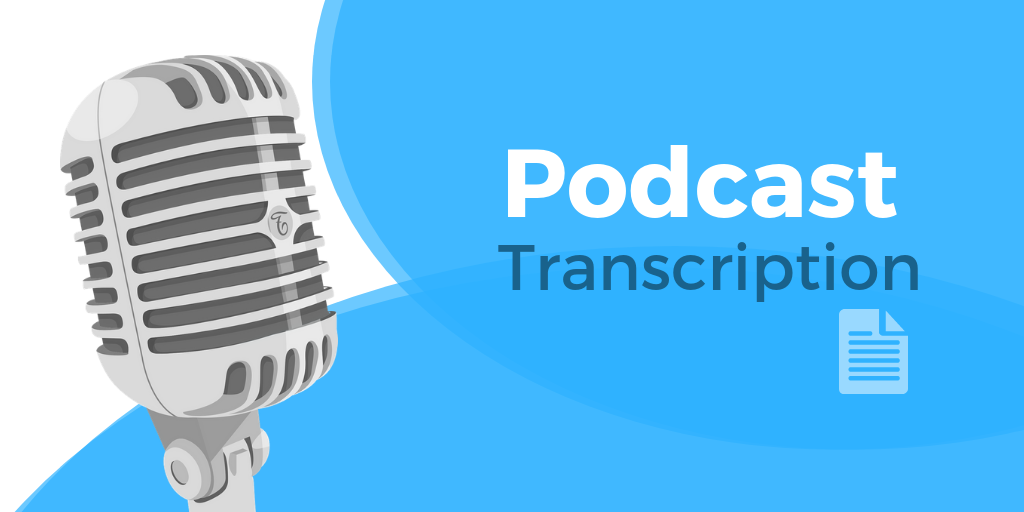If you are a fan of podcasts, you may have wondered what happens to the audio once it is recorded. That audio needs to be turned into text so that people can read it. This is where podcast transcription comes in.
In this article, we will discuss what podcast transcription is and why it is important. We will also talk about some of the benefits of having your podcast transcripts done by a professional transcription service.
What Is Podcast Transcription?
A podcast is typically a digital audio file made available on the Internet for downloading to a computer or portable media player. Transcripts are the written form of these audio files. They are useful for quotation, reference, search, and text mining purposes, as well as closed captioning and subtitling.
In addition, transcripts can make your podcast more accessible to viewers who are deaf or hard of hearing, or who speak a different language. Podcast transcription is the process of converting an audio file into a written transcript.
This can be done manually by transcribers who listen to the audio and type out what they hear, or by using speech-to-text software. The accuracy of a podcast transcript will vary depending on the quality of the recording and the skill of the transcriber. Nevertheless, transcripts can be an invaluable resource for both podcasters and their listeners.
Why Is Podcast Transcription Important?
A transcript of a podcast can be extremely useful for a variety of reasons. First, it can help listeners who are hard of hearing or who speak a different language to follow along with the conversation. In addition, transcripts can be searchable, making it easy for listeners to find specific topics or discussions that they are interested in.
Transcripts can also be helpful for people who simply prefer to read rather than listen. By providing a written record of a podcast, transcription can make the content more accessible and easier to share with others. In all, podcast transcription can be a valuable tool for enhancing the listener experience and expanding the reach of a podcast.
Who Is the Target Audience?
Listeners who are hard of hearing or deaf. People who prefer to read rather than listen to audio. Fans of a particular show who want to follow along with the action or reference back to a particular episode.
Researchers and students who are looking for quotes or data from a podcast. Search engines index transcripts so that people can find relevant episodes when they search for keywords.
Podcasters themselves may use transcripts to create subtitles for international audiences or generate text-based content for their website or blog. In short, podcast transcripts can be useful for a wide range of people – as long as they are high quality and accurate.
Is It Mandatory in Terms of Accessibility?
When it comes to creating accessible content, there is no one-size-fits-all solution. The best approach depends on the nature of the content and the needs of the audience. For example, a transcription is an important tool for making audio content accessible to deaf or hard-of-hearing people.
However, transcripts can be useful both for blind or partially sighted people as well as for people who prefer to read rather than listen. Of course, transcripts are not the only way to make audio content accessible.
Other options include providing subtitles or signing the audio. Ultimately, the best approach depends on the needs of the audience and the nature of the content. So, in conclusion, there is currently no law that requires podcast producers to transcribe the content, in contrast to the closed captioning law which is mandatory for broadcasters, cable companies, and satellite television service providers.
What Are the Different Types of Podcasts?
Podcasts come in all shapes and sizes, just like any other type of content. Some shows focus on current affairs, comedy, history, and everything in between.
The format of a podcast can also vary greatly. Some shows are purely audio, while others include video, images, and even live-action sequences.
When it comes to transcripts, the type of podcast will usually dictate the approach that is taken. For example, a show that is mostly dialogue-based will be easier to transcribe than one that includes a lot of sound effects or music.
Likewise, a podcast that is delivered in real-time will be easier to transcribe than one that has been edited or spliced together from different recordings.

